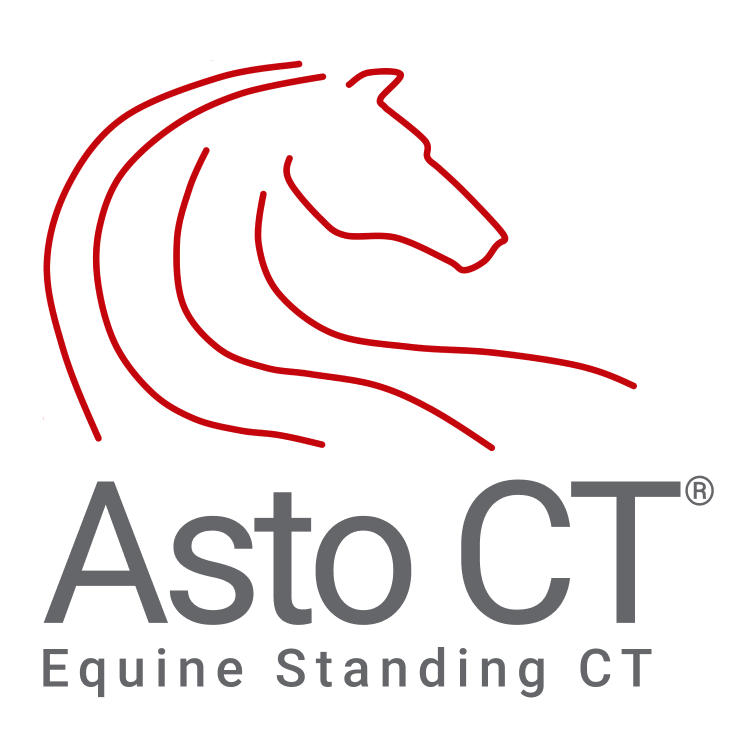Dr. RIchard Coomer
MA Vet MB Cert ES (Soft Tissue) Dipl ECVS MRCVS
"With the Equina® we finally see technology that can actually be really useful for us and help to shape the future of our practice. Its affordability allows it to compete with mobile digital radiology, which is often hindered by poor diagnostic quality. By offering streamlined CT scans as day patient procedures, we can now deliver superior diagnostic value to a wider range of cases. The Equina® will undoubtedly enhance our new hospital's capabilities, elevating the level of imaging we provide."
The impact of Equina® is game-changing
“We had the full support from Asto CT through construction and commissioning. In addition, the reliability of the machine and the expertise of the on-site team kept the machine running efficiently and enabled us to stay on track with our project deadline.”
-Dr. James Whitmore, BVetMed CertAVP MRCVS, Veterinary Surgeon and Director, Cotts Equine Hospital
Case Study
Signalment:
5-year-old bay Thoroughbred gelding
Clinical History:
The patient presented following an acute episode of severe pain, during which he went down and thrashed. Prior to this incident, he had been working normally without any signs of discomfort. On examination, he exhibited grade 3-4 out of 4 ataxia in the hind end, nearly falling multiple times while turning and walking. Initial radiographs and ultrasound of the neck and back did not reveal any spinal trauma or pathology, leading to further evaluation with a standing CT scan.
CT Imaging & Findings:
Despite the challenges posed by the horse’s degree of ataxia, the CT scan successfully captured images extending to the beginning of C5-C6. The key findings included:
Vertebral Canal Abnormalities:
Mild funnel-shaped narrowing of the vertebral canal at C4 and C5
Lateromedial elongation and dorsoventral shortening of the cranial halves of C4 and C5
Flattened appearance of the spinal cord at this level with poorly defined delineation and absence of circumferential epidural fat
Bony Changes:
Moderate caudal extension of the dorsal lamina of C3-C5
Mild flaring of the caudal endplates of C3-C4
Mild periarticular spur formation on the articular processes of C2-C6 (bilateral)
Mild buttress formation of the right cranial articular process of C6, though no radiographic evidence of intervertebral canal narrowing
Intervertebral Disc & Sagittal Ratio Findings:
Subjectively narrow intervertebral disc spaces from C2 to C5
Normal inter- and intra-vertebral sagittal ratios, except for C4 and C5, where intra-vertebral sagittal ratios were below 0.50
Intervertebral Sagittal Ratios: C2-C3 (0.87), C3-C4 (0.61), C4-C5 (0.64)
Intra-vertebral Sagittal Ratios: C3 (0.52), C4 (0.47), C5 (0.48)

















